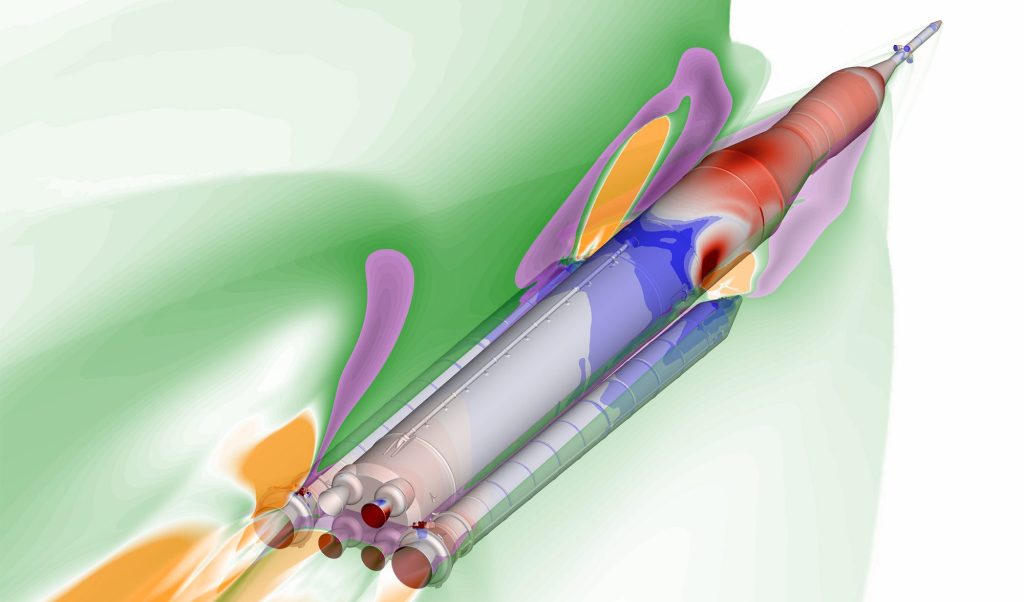1 min read
Hubble’s Views of M13 (2010) and M3 (2019)

To investigate the physics underpinning white dwarf evolution, astronomers compared cooling white dwarfs in two massive collections of stars: the globular clusters M13 and M3. These two clusters share many physical properties such as age and metallicity, but the populations of stars which will eventually give rise to white dwarfs are different. This makes M13 and M3 together a perfect natural laboratory in which to test how different populations of white dwarfs cool.
About the Object
- DistanceDistanceThe physical distance from Earth to the astronomical object. Distances within our solar system are usually measured in Astronomical Units (AU). Distances between stars are usually measured in light-years. Interstellar distances can also be measured in parsecs.M13 and M3 are respectively 25,000 and 34,000 lightyears away.
About the Data
- Data DescriptionData DescriptionProposal: A description of the observations, their scientific justification, and the links to the data available in the science archive.
Science Team: The astronomers who planned the observations and analyzed the data. "PI" refers to the Principal Investigator.
- Object NameObject NameA name or catalog number that astronomers use to identify an astronomical object.M13 and M3
- Object DescriptionObject DescriptionThe type of astronomical object.Globular star clusters
- Release DateSeptember 6, 2021
- Science ReleaseHubble Discovers Hydrogen-Burning White Dwarfs Enjoying Slow Aging
- CreditESA, NASA, Giampaolo Piotto
Share
Details
Last Updated
Aug 17, 2025
Contact
Media
Claire Andreoli
NASA’s Goddard Space Flight Center
Greenbelt, Maryland
claire.andreoli@nasa.gov





























